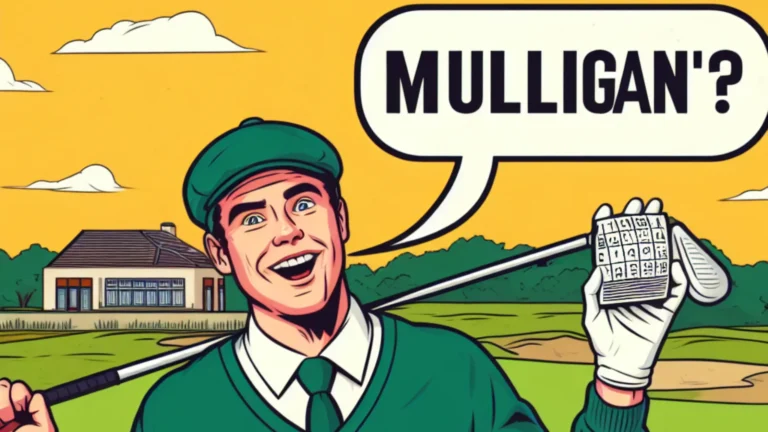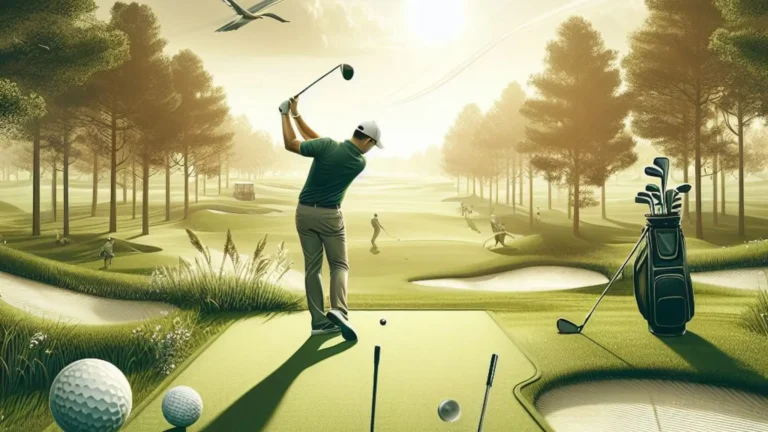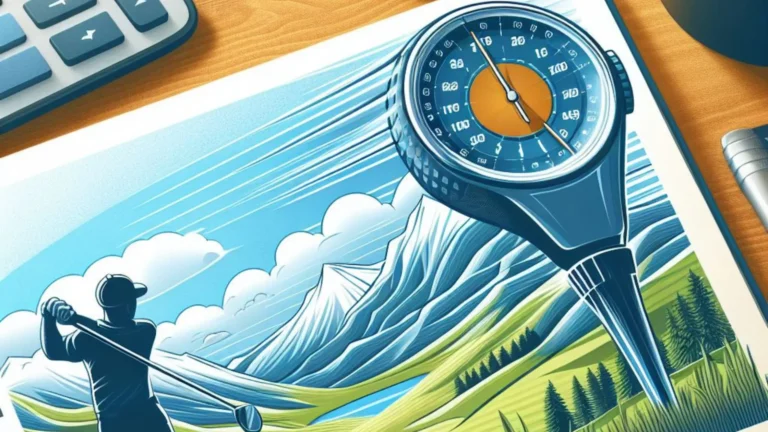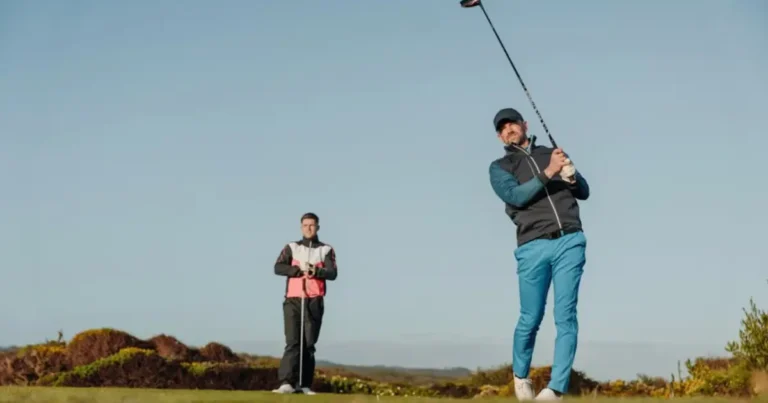The Difference Between a Chip Shot and Pitch Shot
Two common shot types that golfers face around the green are the chip shot and the pitch shot. While they may look similar to an outside observer, the chip and pitch shots require different techniques and set-ups in order to successfully get the ball close to the hole. The main differences between a chip shot and a pitch shot lie in the stance, ball position, and the swing used. A chip shot involves an open stance with the ball positioned close to the back foot, along with a short, chopping swing motion.
In contrast, a pitch shot uses a narrow, athletic stance with the ball placed forward, and a longer, lofted swing at impact. The type of green side lie and distance from the hole dictates which specialized shot a golfer should use when trying to save strokes. Understanding when to use a chip versus a pitch is key for lower scoring.
Set Up for Chip and Pitch
The set up and positioning required for chip shots and pitch shots represents a key contrast between these two short game shot types. Chip shots demand a wider stance with feet aligned parallel to the target line and weight distributed evenly to promote a downward blow on the ball. The chip set up has the ball placed much closer to the back foot, generally in the middle of the stance or farther back. This narrower stance allows golfers to cleanly knife under high-hopping chip shots.
Conversely, pitch shots require an athletic, narrower stance with the feet flared outward slightly and weight leaned toward the front leg. This promotes sweeping contact and an upward trajectory on pitch shots. Additionally, the ball is positioned forward in the stance toward the left front foot to strike the ball first with a descending blow. Mastering the optimal foot alignment, weight shift, stance width, and precise ball position in both the chip and pitch shot set ups provides essential touch and scoring options around the greens.
Hitting a Chip
To hit an ideal chip shot, the small, balanced stance set at address must be connected with a firm, speeding stroke through impact. Instead of attempting to lift the ball into the air, skilled players concentrate on striking the turf just behind the ball cleanly. This allows the club’s loft to provide the required trajectory. The chip swing itself entails rocking the upper and lower bodies back while keeping the lower body quiet and resistant. Weight is then transferred forward via a descending blow, with the clubhead traveling only a short distance past the ball.
For optimal distance and spin control, make contact with the ball at the bottom of the swing arc. The balanced finish position closely mirrors the address set up after a crisp strike, demonstrating the efficient footwork and body motion involved in high-quality chip shots. Mastering this sequence promotes lethal precision and consistency from anywhere on the green.
Hitting a Pitch
To achieve an ideal high, soft shot shape, pitch shots must be done with a combination of power and finesse. The pitch swing employs an athletic, forward-leaning stance to sweep through impact, producing backspin and carry. The upper body coils on the backswing while the front leg remains stable, allowing for optimal weight shift to the lead side during the downswing. Pitchers who are skilled will begin the downswing with the lower body, driving the legs, hips, and core area ahead of the hands and club.
This sequence allows the clubhead to approach the ball on a lower path, which allows for dynamic compression. The wrists hinge just before impact, releasing lag energy and propelling the clubhead through contact with accelerating speed to pinch the ball cleanly on the clubface. This, in conjunction with the upwards strike and slight lead arm extension, results in towering pitch shots that land feather-softly near the target. Longer carry over trouble or a soft reception is required, mastering this rhythmic, sweeping pitch swing gives you more scoring options.
When to Pitch vs. Chip
When to play a low-running chip or a high-arching pitch shot is primarily determined by the amount of green to work with and the obstacles to be carried. Chip shots are best chosen when there is plenty of space between the golfer’s position and the hole. The key is to take advantage of their ability to release and roll out on firmer surfaces, which allows for precision even from a distance. As a result, chips thrive on faster greens. Pitching shines when there is little green visible or carries are required over hazards and bunkers. The pitching technique propels the ball higher with a steeper descent angle, allowing for softer landings closer to the target.
Additionally, slower greens frequently necessitate pitch shots to avoid too much release. Taking these principles into account, as well as factors such as wind and pin placements, assists golfers in strategically selecting chips or pitches to attack pins for lower scores. Mastering both shot types gives you the flexibility to handle a variety of short game scenarios.
Practice Chips and Pitches with Swing Align!
The ingenious training aid known as Swing Align presents golfers with an excellent tool for honing both chip shot and pitch shot technique through purposeful practice. Swing Align’s dual foam pads adhere to both clubface and leading forearm, ensuring the maintenance of optimal impact alignments. For chipping, this facilitates repetitions of the ideal handle lean and narrow, downward swing path through impact. Pitching relies on Swing Align to promote correct wrist hinge and prevent flipping as well as establishing the desired sweeping forward press for consistent compression.
Developing mastery of these efficient motions recently grew simpler through Swing Align’s correctional feedback. The pads signal proper positions with an audible click while also alerting faulty mechanics through silence. Embracing this form of reinforcement training guides rapid refinement in motions like wedge face angles, low point control, ball-striking consistency, and carrying distance for scoring pitches and chips.
Conclusion
When faced with a short game shot around the green, skilled golfers can use the specialized tools of chips and pitches to best suit the situation. The chip shot emphasizes a rolling trajectory through crisp turf contact, whereas the pitch shot provides towering flights to access tucked pins or carry hazards. Both shot types’ set up and swing techniques display stark strategic differences centered on factors such as stance, ball position, and ideal strike patterns.
However, expanding personal short game arsenal to include chipping finesse in tandem with pitching boldness promises the scoring versatility required to shave strokes. The full potential of this complementary pair of short game weapons is unlocked by combining physical precision with situational awareness. So, the next time you survey a difficult up-and-down, consider your shot options in terms of chips versus pitches.







